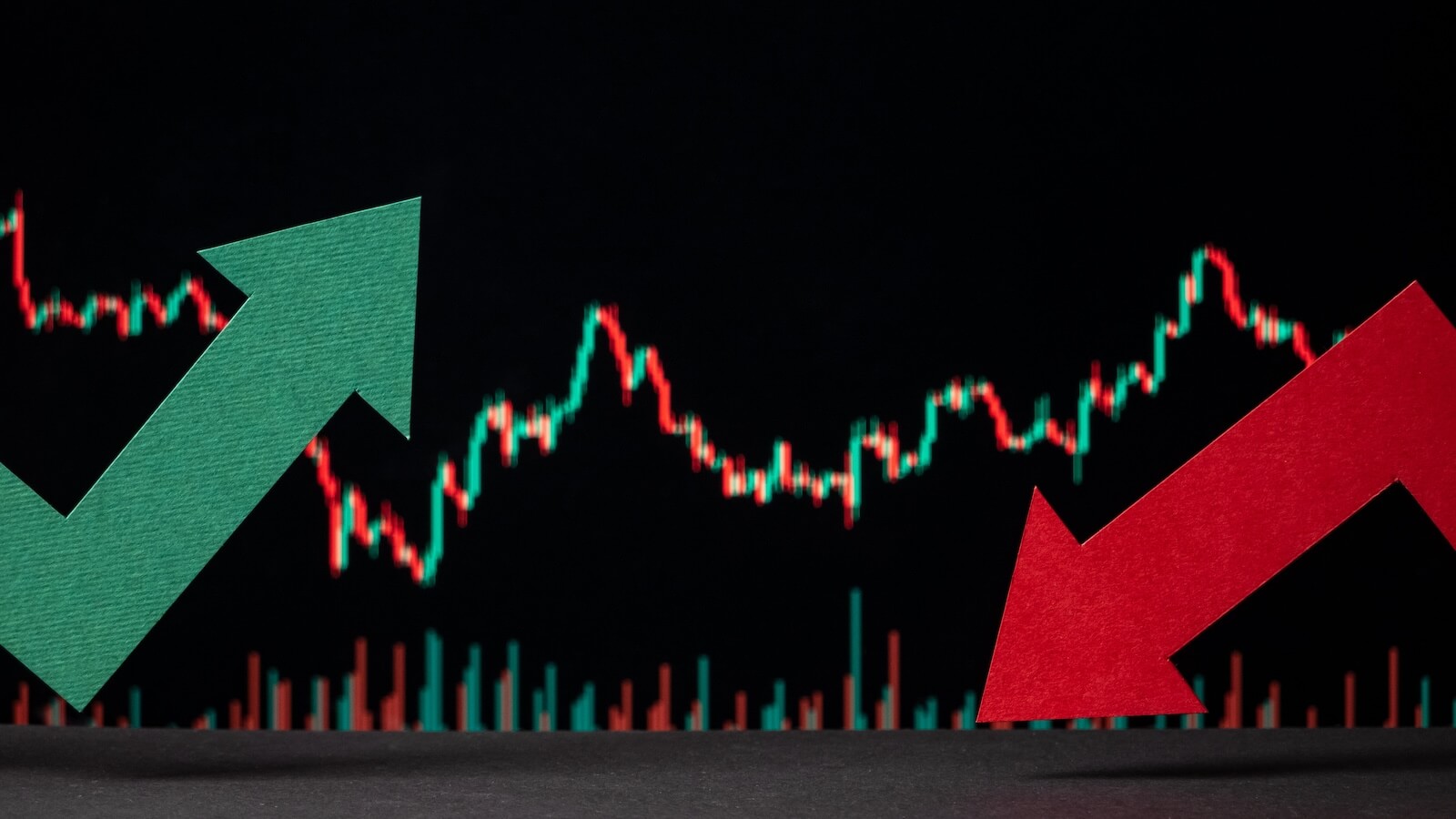
Trend following can offer benefits as an investing approach even when not generating positive returns. Sometimes the benefit comes from not losing, or not losing as much as other investment approaches; other times the benefit comes from allowing you to sleep more soundly at night, as selling out of equity positions before the stock market goes into a correction or a bear market is much more comfortable and will reduce an investor's stress and anxiety.
While being defensive during market selloffs can be comfortable, a frustrating part of trend following is that you often have many small loss trades or miss out on some potential upside while being defensive. This must be tolerated to realize the long-term benefits of the approach. Investors who focus on every trade and very short-term results tend to not be good at trend following – they're usually the same investors that are not good at sticking with other approaches either. There is no such thing as a strategy that is going to be positive every day or in every trade. There is also no way to reliably "call" market tops and bottoms – many try to guess that certain days are a top or bottom, and sometimes are shown to be correct in hindsight, but they're really just guessing.
The last few months have been one of the frustrating periods in our trend following strategies, which focus specifically on the Nasdaq market (some of our reasons for focusing on the Nasdaq have been discussed in previous articles, like: Building a Rules-Based Trend Following Model - 6 | Dancing with the Trend | StockCharts.com). The Nasdaq Composite had a strong uptrend from early November to mid-February then rolled over and went into a correction in March, as investors were rotating out of tech and growth stocks and into value stocks. Investors watching only the S&P 500 Index or Dow Jones Industrials Average might not have noticed the correction since those indices were never down more than 5% while the Nasdaq Composite was down 10.54% on March 8th (and has yet to fully recover, although the closing value on 4/16 was close).
The purpose of our trend following approach is to participate in as much market upside as we can, but to avoid the devastation of large losses. Below is a graph of how our model handled this time period.

We participated in the uptrend from mid-November to mid-February and got stopped out of equity positions in late February as the Nasdaq was selling off. We were defensive (and sleeping comfortably at night) as the Nasdaq continued to sell off into correction territory in March. The Nasdaq began trending up on March 10th, but it took until April 5th for our model to indicate a buy signal, whereby we got back invested in equities just above the level at which we went defensive in February. While selling out of the equity ETFs to protect capital prior to the Nasdaq moving into a correction was beneficial to our sleep and our investor psyche, it ultimately did not boost returns. The defensive positions that we use in Trend Plus did not go up while we owned them since we never saw panic selling in equities or the flight-to-safety trade that usually causes those defensive positions to pay off. We also bought back into the equity ETFs at a higher level then we sold, so now, and ONLY with the benefit of hindsight, can we say we would have been better off not selling at all.
Why then do we move defensive during times when it often doesn't increase our returns? A bit too obvious to state but we'll do it anyway, every bear market starts first as a correction, and every correction starts first as a 5% pullback. If you want to run a tactical rules-based strategy, you must decide what size decline you are willing to withstand in an effort to deliver the results you want. This is a balancing act between selling early to avoid further losses and not selling too soon to allow participation in potential upside. The tighter your stops, the more whipsaw trades you will have but you'll also be getting out sooner when the 5% drawdown does turn into a 10% correction or a 20% or more bear market. Wider stops keep you invested longer with fewer whipsaw trades, but you move to protect your capital more slowly when the big pullbacks come. Deciding what stop level is best for you to use is as much about testing what worked in the markets historically as it is about making a behavioral assessment on what you (or clients) can tolerate. Our Trend strategies have stop levels that fluctuate between 1.25% and 6% and are dependent on our model readings of the strength of the uptrend.
Be careful about trying to calculate an "optimal" stop level based only on how it performed historically. This can be problematic because as soon as you start using it in live trading, it likely won't perform as optimally as your backtest and after a few painful whipsaw trades, you may decide a new "optimal" stop level is needed. Constantly tweaking your rules based on recent trades is the same as not having rules to begin with.
While sometimes our trend following approach can be frustrating, we'll take frustration over devastation every day of the week. Devastation is what you experience in a bear market. Riding the market down 20%, 30%, or 50% is not something we or many other investors can handle. Investors that use a buy & hold approach, or that always maintain a certain level of equity exposure, will be faced with significant drawdowns at some point, and maybe many times during their investment horizon. When the pain of those large losses is too great, investors always sell out of their equity positions. They are then too gun-shy to get back invested after a recovery takes hold, and their investment portfolios never recover. That is the devastation we aim to avoid.
The frustration that we accept in our approach, in place of this type of devastation, is having whipsaw trades, negative trades, accruing losses in defensive positions waiting for a new uptrend, and sometimes missing out on upside when benchmarks are making new highs (e.g., the S&P 500 made a new high on March 11th when we were still defensive). While never fun, the frustrating times in our trend strategies are more than worth it based on the long-term results. Portfolios compound at a higher rate of return when you have good upside participation and can avoid large losses. We like those better long-term results and can sleep easier with avoiding panic selling in bear markets, not worrying about making money on every trade, and not focusing too much on short-term results.
Dance with the Trend,
Greg Morris





